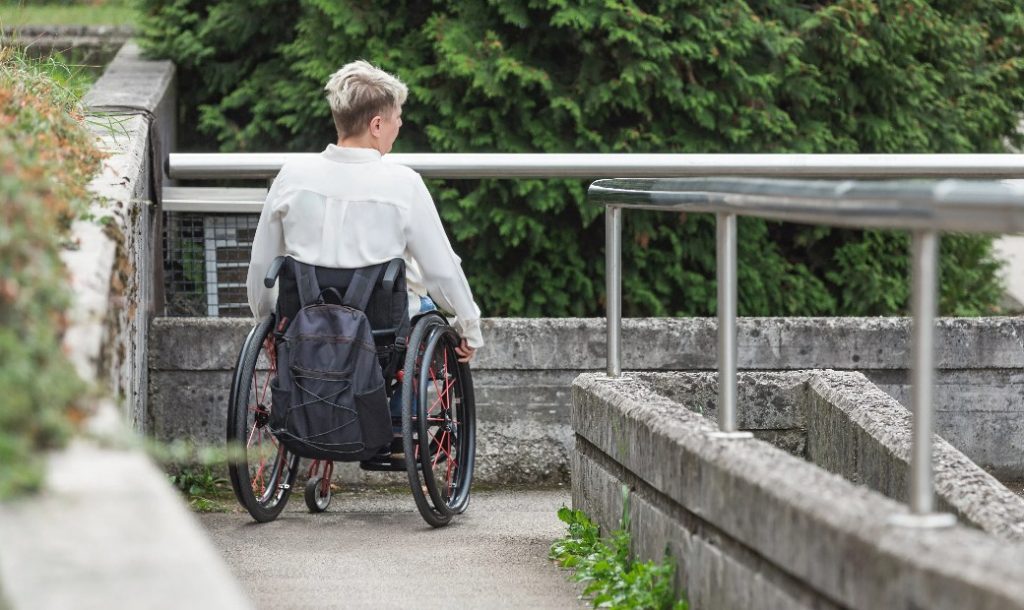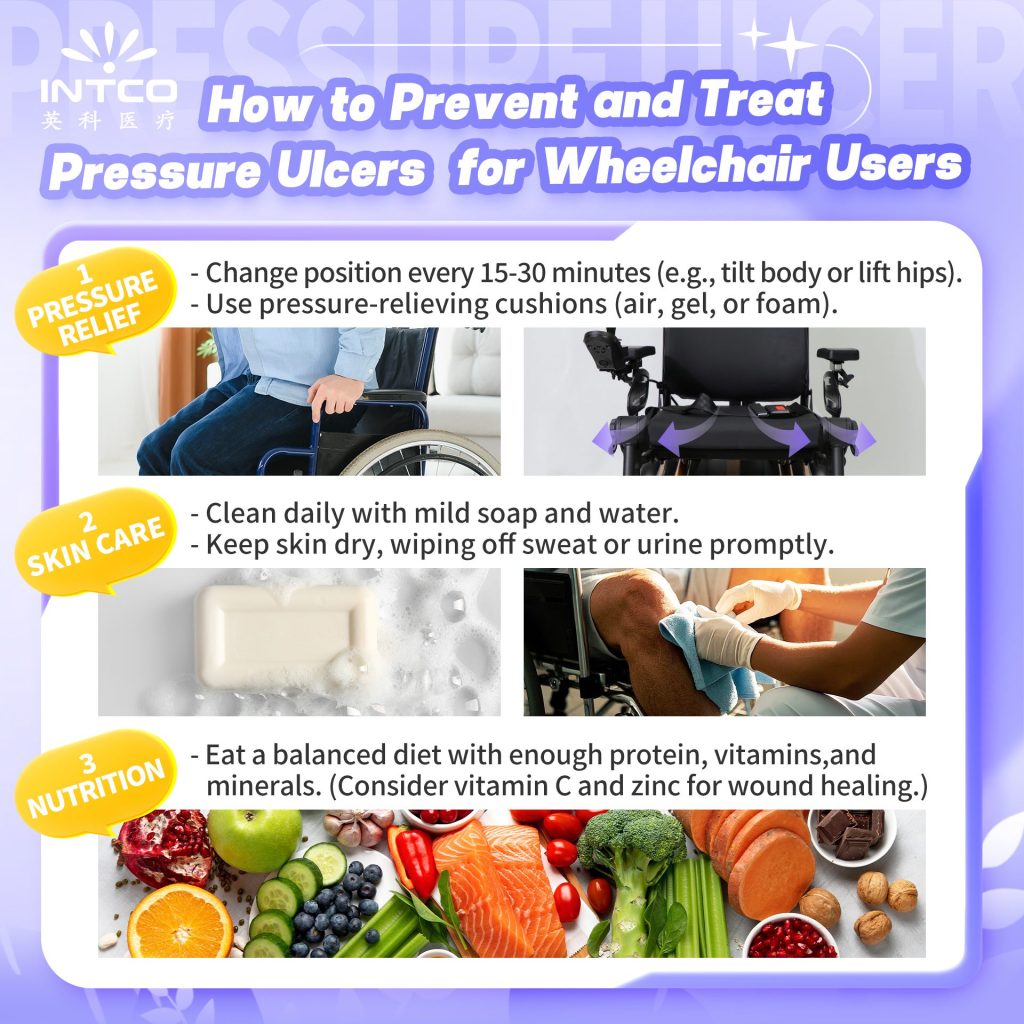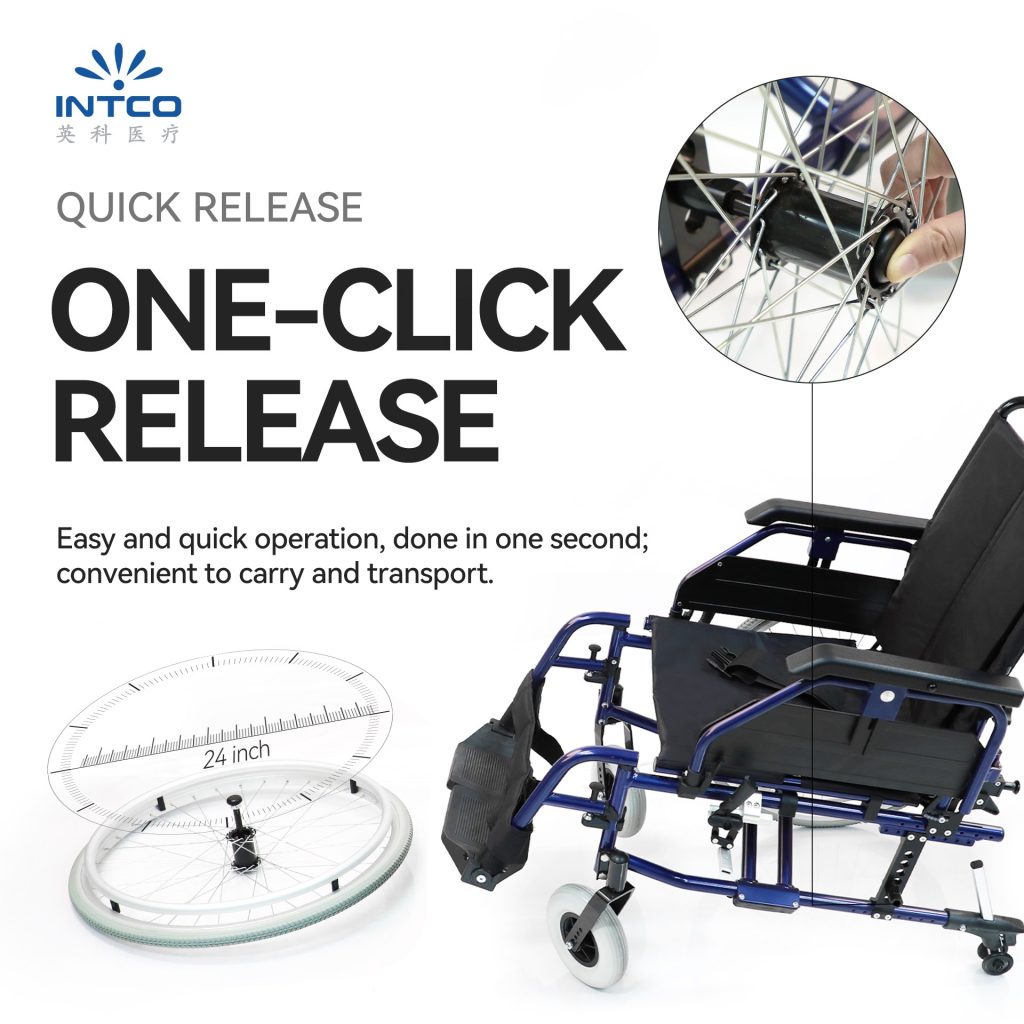Contact Us
Manual Wheelchair Problems and Solutions: 5 Common Issues and How to Fix Them
2025-06-04
Manual wheelchairs are essential mobility aids for millions of people around the world. While they offer independence and flexibility, users often face recurring challenges that affect comfort, efficiency, and long-term usability. In this article, we explore the top 5 most common manual wheelchair problems and provide practical solutions to help improve the user experience.

Poor Maneuverability in Tight Spaces
Problem: Navigating small rooms, narrow doorways, or crowded public spaces can be frustrating with a manual wheelchair that has a wide frame or a large turning radius.
Solution: Choose a compact wheelchair with a tight turning radius. Look for models with smaller rear wheels and adjustable frame widths. Lightweight aluminum or carbon fiber frames can improve handling and reduce effort. Anti-tip wheels and ergonomic push rims also help maintain control in confined areas.
Tip: Measure the width of doorways and hallways at home before selecting a model.
Seat Discomfort & Pressure Sores
Problem: Long-term sitting can lead to back pain, pressure ulcers, and poor posture, especially if the seat cushion is thin or unadjustable.
Solution: Use a high-quality, pressure-relief cushion such as a gel, foam, or air-filled seat. Wheelchairs with adjustable seat depth and backrest angle help distribute body weight evenly and promote better posture. Regularly shifting position and using breathable materials can also reduce moisture and skin irritation.
Prevention: Incorporate pressure relief exercises or repositioning every 30–60 minutes.

Difficulty with Uneven Terrain
Problem: Manual wheelchairs often struggle on gravel paths, grass, or uneven pavements, causing users to become stuck or fatigued quickly.
Solution: Opt for a wheelchair with larger rear wheels and pneumatic tires, which offer better traction and shock absorption. Some models feature quick-release wheels to switch between indoor and outdoor configurations. Adding front caster forks with suspension or using wheelchair add-ons like a front-mounted third wheel can greatly improve stability on rough ground.
Look for outdoor-ready models if daily travel includes parks, rural areas, or poorly paved streets.

Frequent Maintenance Needs
Problem: Loose bolts, worn-out tires, or squeaky brakes are common maintenance issues that can reduce the wheelchair’s safety and usability.
Solution: Invest in a durable wheelchair with low-maintenance materials, such as puncture-proof tires, stainless steel or aluminum frames, and sealed bearings. Perform regular maintenance checks: tighten bolts, clean wheels, and lubricate moving parts. Consider models with tool-free adjustments for quick fixes on the go.
Proactive maintenance extends the life of your wheelchair and ensures user safety.
Limited Customization for User Needs
Problem: Not all manual wheelchairs are designed to accommodate specific health conditions, body sizes, or lifestyle needs, leading to discomfort or limitations in mobility.
Solution: Select a modular or adjustable wheelchair. Key features to look for include:
-
Adjustable armrest and footrest height
-
Interchangeable cushions
-
Variable seat height and angle
-
Custom side guard or anti-tipper add-ons
Many manufacturers now offer custom-fit options or accessories tailored to user-specific medical or ergonomic needs.
A well-fitted wheelchair not only enhances comfort but also prevents long-term health complications.
Final Thoughts
Choosing the right manual wheelchair is more than a matter of preference—it’s a health and lifestyle decision. By understanding these common problems and their practical solutions, users and caregivers can make informed choices that improve mobility, comfort, and safety.
If you’re looking for reliable, customizable, and comfortable manual wheelchairs, be sure to explore professional-grade options from trusted medical device brands. With the right model, a manual wheelchair can truly empower independent living.


